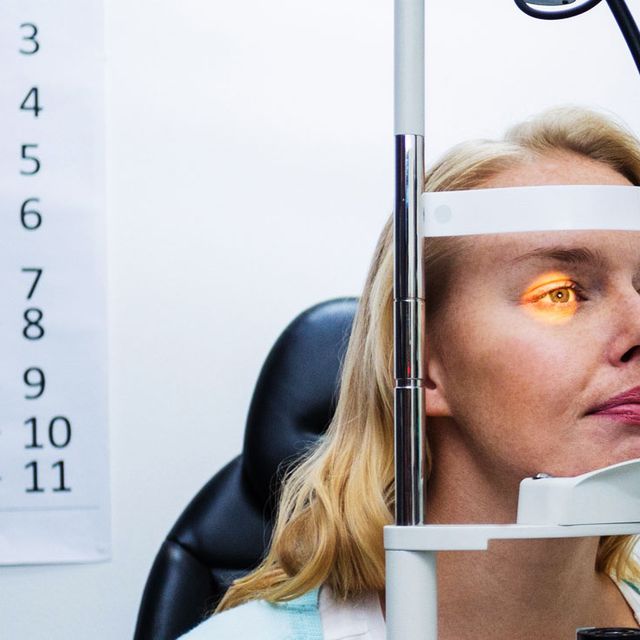
Blog

The macula is the middle part of the retina, responsible for the eye’s central vision. Damage to this part of the eye is known as macular degeneration. The condition can occur in two ways: dry age-related macular degeneration and wet age-related macular degeneration. Every person experiences similar symptoms of the condition, but for some, the symptoms are less severe than for others. The disease is age-related, and it is often progressive, getting worse over time.
Causes of Macular Degeneration
The exact cause of AMD is not well-known. However, the main risk factor or cause is advancing age. Other risks include obesity, smoking, a family history of the condition, and being a white female. A diet that is low in fruits and vegetables can also predispose an individual to the disease. Having high cholesterol levels and high blood pressure can cause macular degeneration.
Silent Symptoms of AMD
It is possible for the vision to be relatively normal for years despite an individual having macular degeneration. During the early stages of AMD, vision loss is so gradual that most people do not even realize they have it. As the disease continues to progress, there may be graying or loss of central vision. All the while, the peripheral vision remains intact. Most of the silent or quiet symptoms do not cause pain. The risk of eye disease increases after 40 years.
Early Symptoms of AMD
The first signs that the individual notices are images that are usually sharp and clear become blurred. As the disease progresses, the images become cloudy, distorted, dark, enlarged, or spotted. During this stage, the patient may experience reduced central vision, visual distortions, blurring of printed words, and the need for brighter lighting. An individual may also experience reduced brightness or intensity of colors and difficulty recognizing familiar faces.
Advanced Symptoms of AMD
As the symptoms of the disease continue to progress, the vision will often become worse. The patient finds it difficult to perform activities and functions such as reading and driving. Recognizing faces becomes more difficult, and sometimes, a blurred spot appears in the center of the vision. Over time, the blurred spot gets darker and bigger, and detailed tasks like reading and writing become almost impossible. Advanced macular degeneration can result in blindness.
When to Visit a Doctor
People with a family history of AMD should visit a doctor even without symptoms. An annual eye examination will help to detect early signs of the disease. It is also important to see a doctor if you experience any vision loss. You should get comprehensive eye examinations and not just the usual vision screening. The comprehensive testing involves pupil dilation and is performed by an ophthalmologist or optometrist.
A doctor can detect the presence of AMD before the patient develops any noticeable signs or symptoms of the disease. During the early stages, the doctor may detect waste deposits of drusen on the surface of the retina. In some cases, a color change in the macula may occur. Certain forms of AMD can progress quickly, but they also respond to treatment if they are detected in time. The condition can affect one or both eyes, and, in most cases, it is worse in one eye.
Learn more about symptoms & signs of AMD, contact Super Optical Express in Gainesville, Florida at (352) 702-9700 to book an appointment today.



